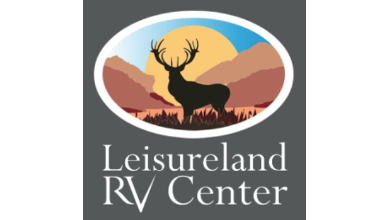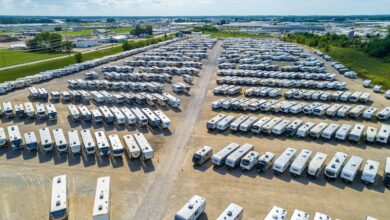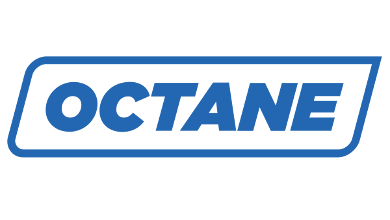Defining a Qualified Lead, Pt. 2: Understanding Buyer Characteristics
In the first part of our series, we went over what a qualified lead is and the importance of understanding your buyers to help you define a qualified lead specifically for your business.
Your first step in gauging the quality of your leads is looking at the end. That is, determine some of your buyers’ shared characteristics. While each buyer is unique, you can typically profile them by certain traits they might share with other buyers.
Coming up with different buyer profiles or buyer segments to focus on can help. Characteristics to look for can include:
Demographics – Who is your buyer?
Extensive research on RV industry customer demographics is available via RV Dealers Association, RV Industry Association* and other resources. For example, some general demographics of the typical RV buyer include:
- Average age 48 years but can range from 35 to 75, highest propensity among ages 35 to 54
- Annual household income of $62,000 or higher
- Homeowners
Products Purchased – What did they buy and why?
RV options abound and different units appeal to different consumer segments. This could be based on price, type of RV, fit and finish, and options. Your product mix, what you choose to carry, and your market will also influence what products are key for your business.
Consider who is buying what type of unit from you? For example, are there differences in demographics between people buying a 20-foot travel trailer versus those purchasing a 38-foot fifth wheel? Understanding these differences for each major product group that you sell and how those traits align to your consumers will help you communicate your offering more effectively.
Understanding the particular products of interest by your specific consumer segments or personas can also help you better align your product offering to your market. This can have a very positive impact on your team’s effectiveness in closing sales.
Deepen your understanding of who buys what, not only for you and your market, but for RV products overall. Manufacturers can be a good source for this information.
Location – Where is your buyer?
Being a local RV dealer is a retail, location-based business. Depending on competition, product mix and local market characteristics, the location of your buyer can influence your leads and lead quality.
For instance, it may be much harder to sell a unit to someone who has to travel from outside of your local market. However, in instances where your location is near a state border, there may be tax and other considerations that can make traveling to your location more attractive.
Understanding where your prospects and buyers come from is helpful in crafting not only segments and personas but also marketing tactics and plans.
Know where your customers come from and use this in your assessment of who they are and what they buy.
Purchase Timing – Where in the buying cycle is your customer?
Buying an RV is a considered event and often takes the buyer time to decide. Understanding the cycle time for your prospect will help focus your efforts and content.
Ask buyers in your sales pipeline what their purchase intent is and what their timing is. You can then use this information to craft messaging and ongoing communication to further qualify the lead.
Find out these details about your buyers and summarize the information to help you better understand how each buyer is similar to or different from these standards.
Share all this information with your sales team so they too can better qualify, help and sell to the customers coming in your doors.
In the next article in our “Defining a Qualified Lead” series, we’ll focus on lead types through the stages in the sales funnel.
*Source: RVIA Quick Facts



